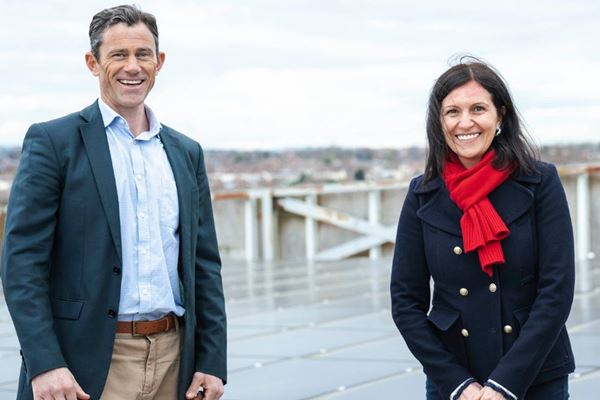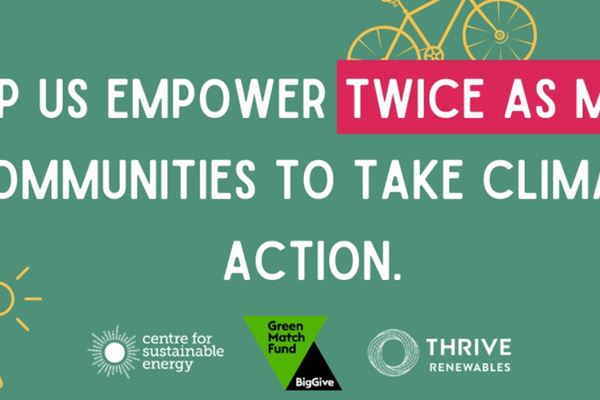Inverbroom Hydro, which will qualify for the Feed-in Tariff (FiT), has planning consent and is under construction. The project is scheduled to begin exporting to the grid at the beginning of 2021. Inverbroom Hydro is expected to generate enough renewable electricity for more than 2,2501 average UK homes, saving more than 3,8002 tonnes of CO2 emissions annually. The project will use run-of-river hydro technology, in combination with a storage facility, to deliver electricity to the grid in line with supply requirements.
In total, the project raised long term project finance loans of £6.7m from Clydesdale Bank and £1.8m from Thrive Renewables.
“This is our first renewable energy project. It would not have happened without the support of Clydesdale Bank and Thrive Renewables. Despite having to limit activity to protect contractors during the Coronavirus crisis, construction has already made good progress and is on target to meet project deadlines. We look forward to making a meaningful contribution to low carbon energy generation in the West Highlands.”
Matthew Clayton, managing director at Thrive Renewables said:
“Our mission is to power the clean energy transition as part of the UK’s journey to net zero. By providing a mezzanine loan for the construction of Inverbroom, we are increasing Scottish renewable capacity, making use of the country’s exceptional natural resources and working towards this goal. We are pleased to be investing in hydro power as it has an important role to play in UK’s evolving mix of electricity generation sources. This project is an excellent example of how developers, funders and landowners can come together to make renewable energy projects happen.”
Keith Wilson, head of renewable energy, Clydesdale Bank, said:
“We are pleased to be able to support construction of this project. The combination of longevity of life, predictability of generation and a storage facility will all help ensure this project makes a valuable contribution to the energy transition and overall energy mix. Hydro is also a technology which is very familiar to us, having funded our first scheme over 10 years ago. We look forward to seeing this project come to fruition early next year”.
Inverbroom will be Thrive Renewable’s second hydro-electric project, following Beochlich Hydro which has been operating successfully since 1998. Inverbroom Hydro will consist of two turbines fed via a buried pipeline which creates pressure to drive the turbine and generate electricity. The scheme will incorporate a small dam with a tilting slipway which allows the hydro to operate within the flood range of Loch a Bhraoin. The water is then returned to the natural water course further down river, allowing the scheme to operate with very little environmental impact.
When Inverbroom Hydro is built, the local community will be able to apply for Thrive Renewables Community Benefit Programme, which offers grants to improve energy efficiency in community buildings like village halls, making them warmer, more comfortable and cheaper to run.
[1] Calculated using the most recent statistics from the Department of Business, Energy and Industrial Strategy (BEIS) showing that annual UK average domestic household consumption is 3,781kWh, https://www.renewableuk.com/page/UKWEDExplained
[2] RenewableUK uses BEIS’s “all fossil fuels” emissions statistic of 450 tonnes of carbon dioxide per GWh of electricity supplied in the Digest of UK Energy Statistics (July 2019) p125 Table 5D (“Estimated carbon dioxide emissions from electricity supplied 2015 to 2017”), https://www.renewableuk.com/page/UKWEDExplained. Average per capita greenhouse gas emissions.



